Hank Aaron
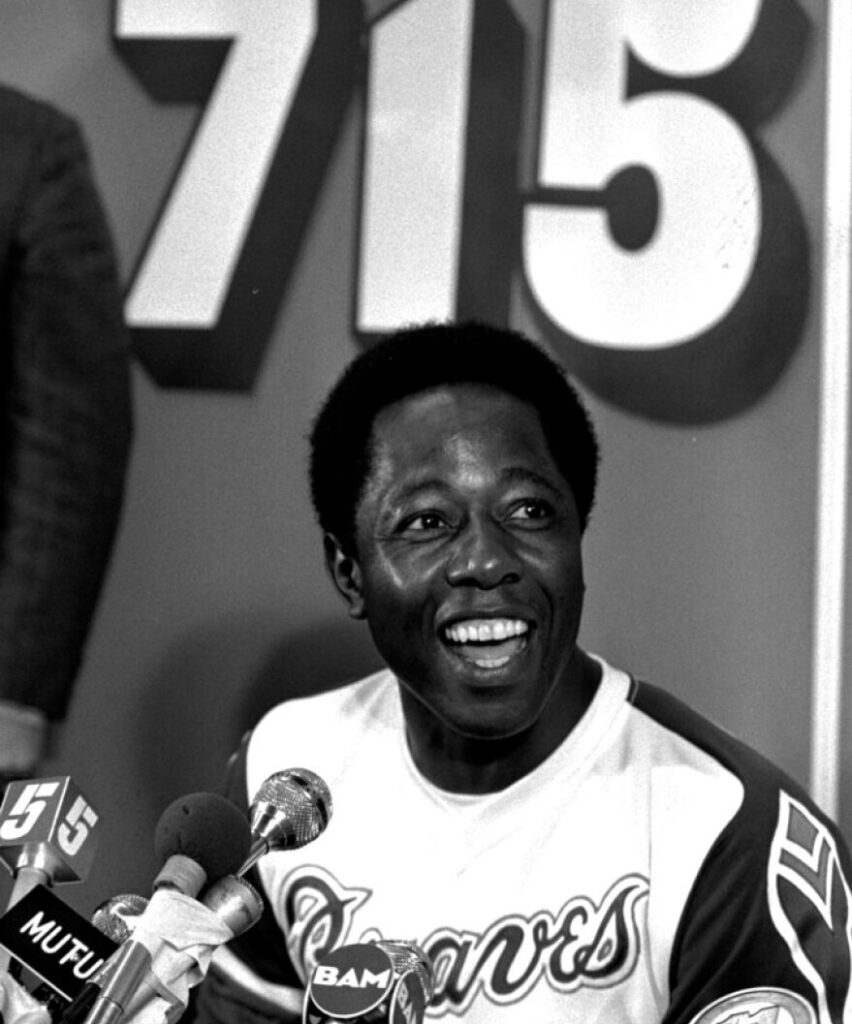
| Birthdate | 2/5/1934 |
| Death Date | 1/22/2021 |
| Debut Year | 1954 |
| Year of Induction | 1982 |
| Teams | Braves, Brewers |
| Positions | First Base, Right Field |
How is it possible for Hank Aaron, a 24-time All Star with 755 home runs, 3,771 hits, 2,297 runs batted in, and a .305 lifetime average to be underrated?
Leave a commentIn the collection:
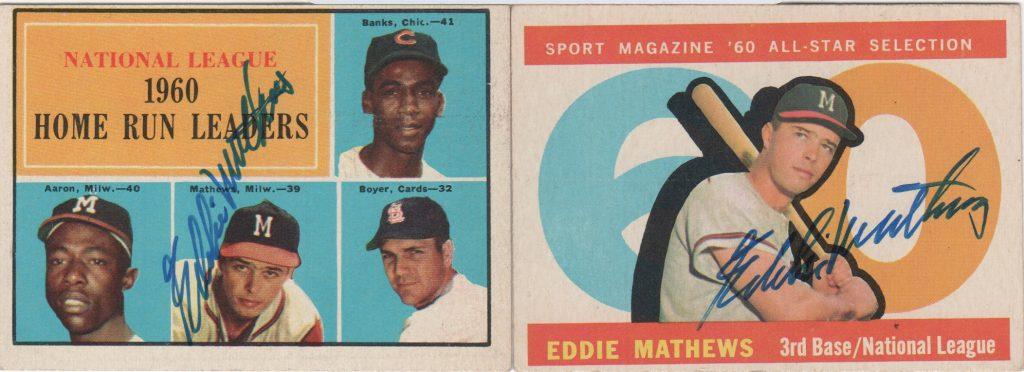
Eddie Mathews and Hank Aaron are baseball's most prolific home run hitting teammates
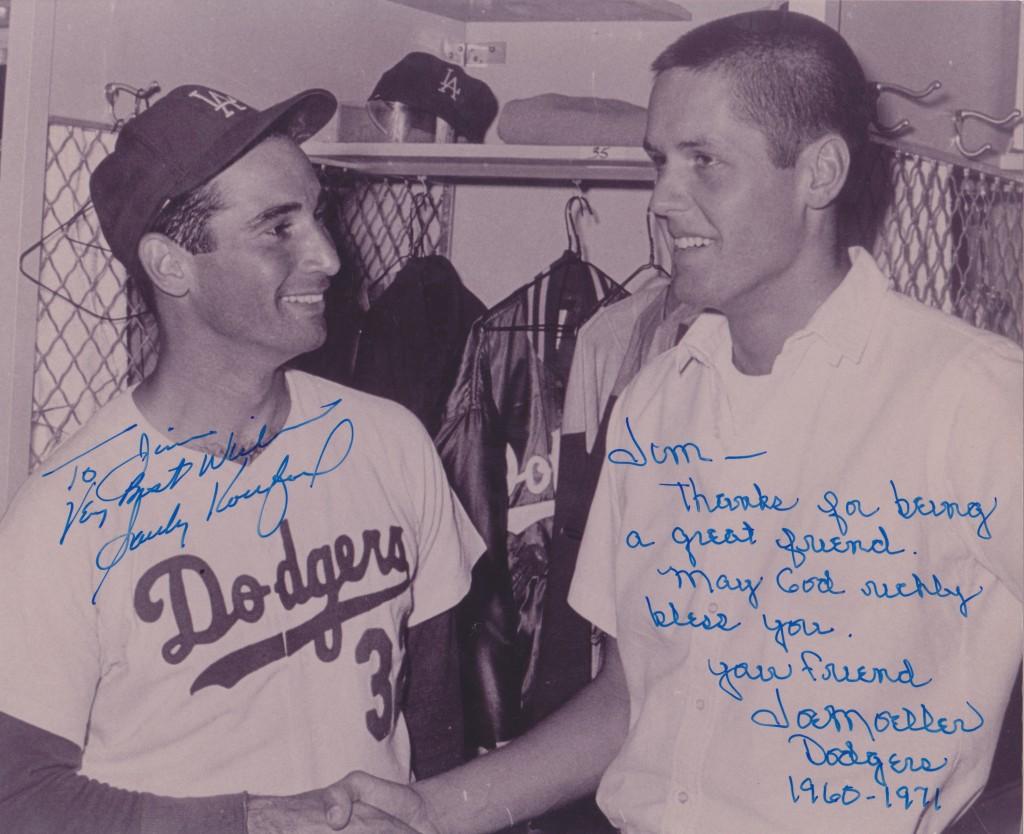
Sandy Koufax may be the left arm of God, but Hank Aaron owned him
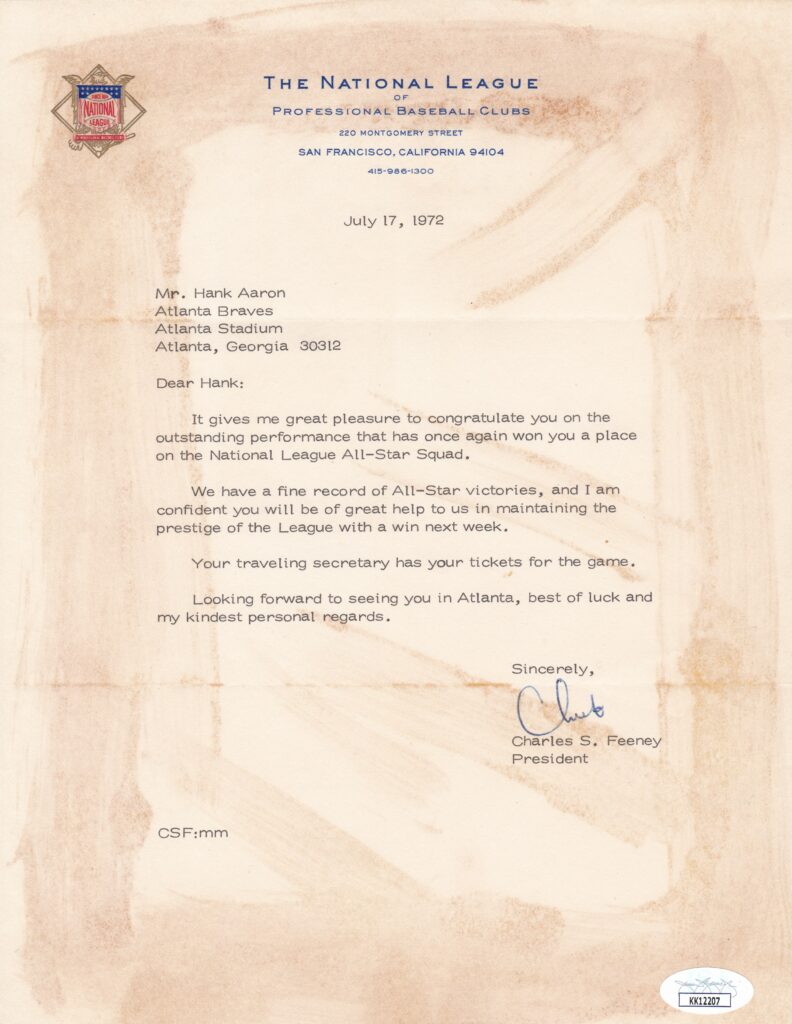
Hank Aaron’s All Star Game homer in Atlanta earned a standing ovation
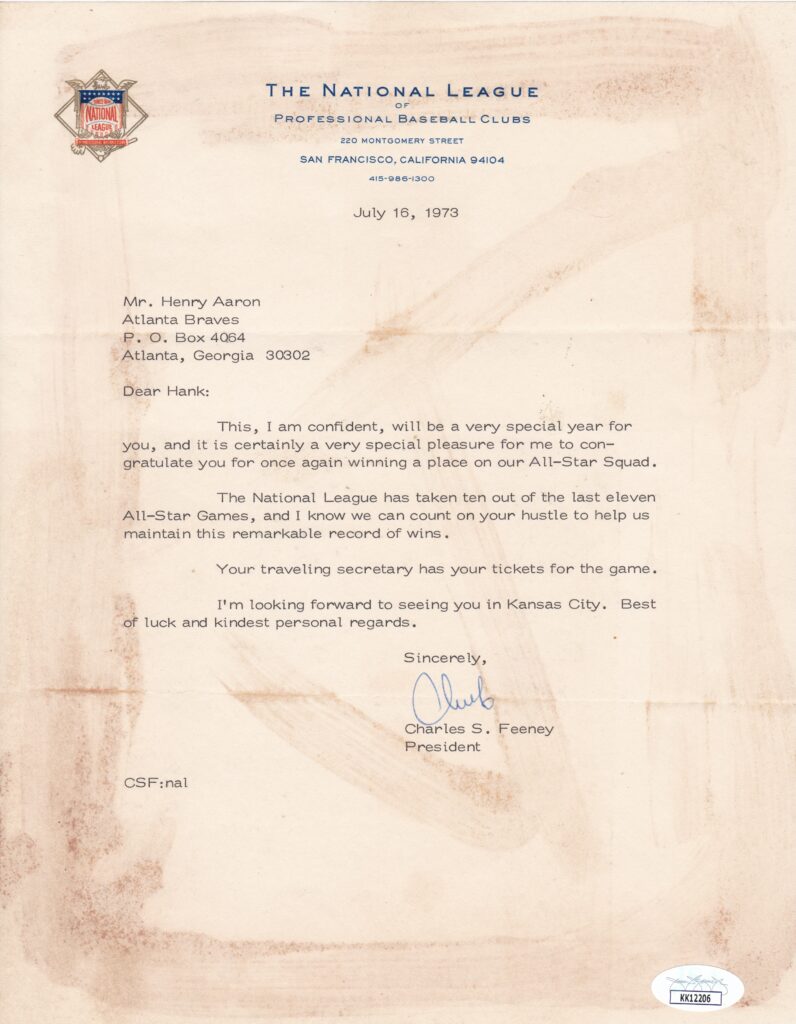
Henry Aaron was selected to the All Star team an MLB-record 25 times
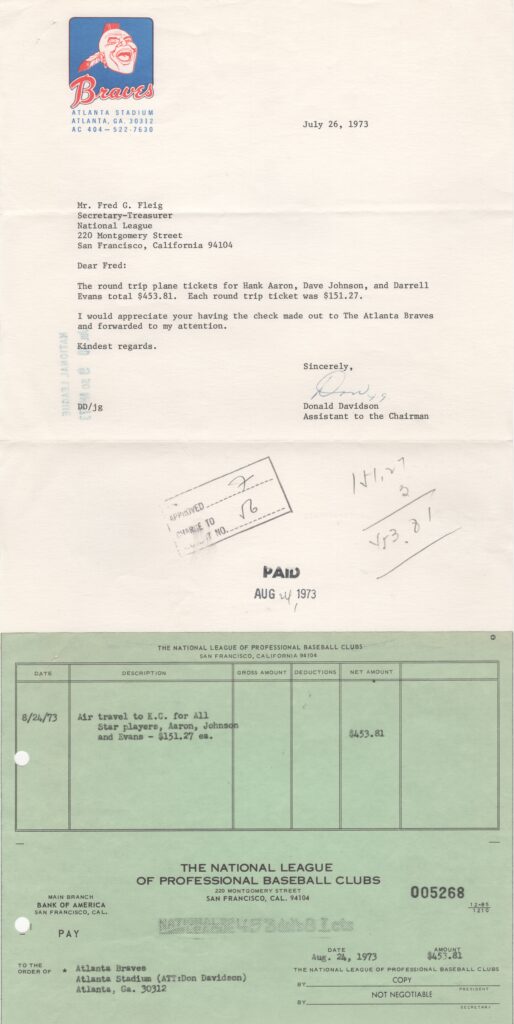
The last of Hank's eight 40-home run seasons came in 1973 when he finished 4th in the NL
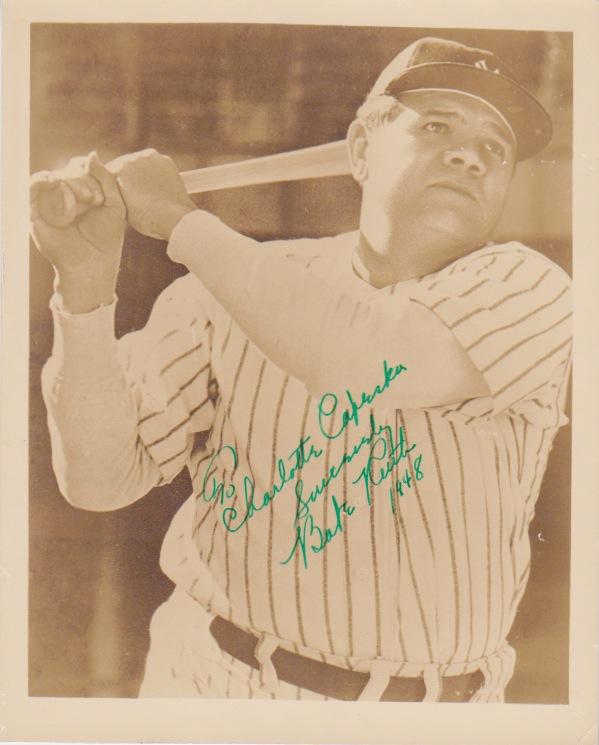
Aaron topped Babe Ruth's record by clubbing his 715th homer on april 8, 1975
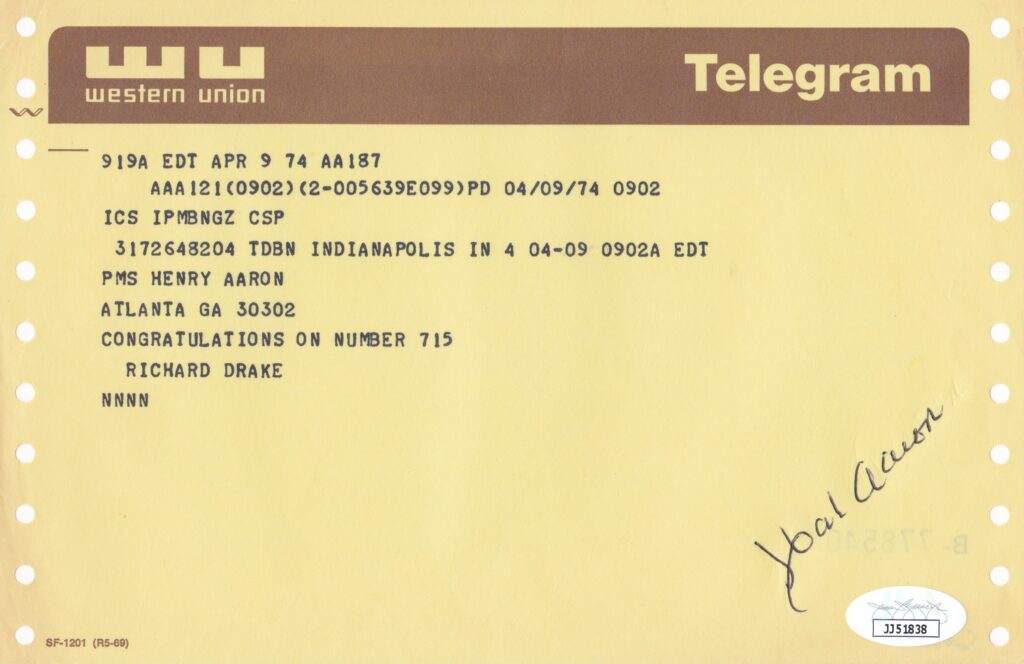
When he passed Babe Ruth, Hank Aaron received congratulatory telegrams from all over the country

Vin Scully's call of Aaron's 715th homer is among the greatest in the history of baseball
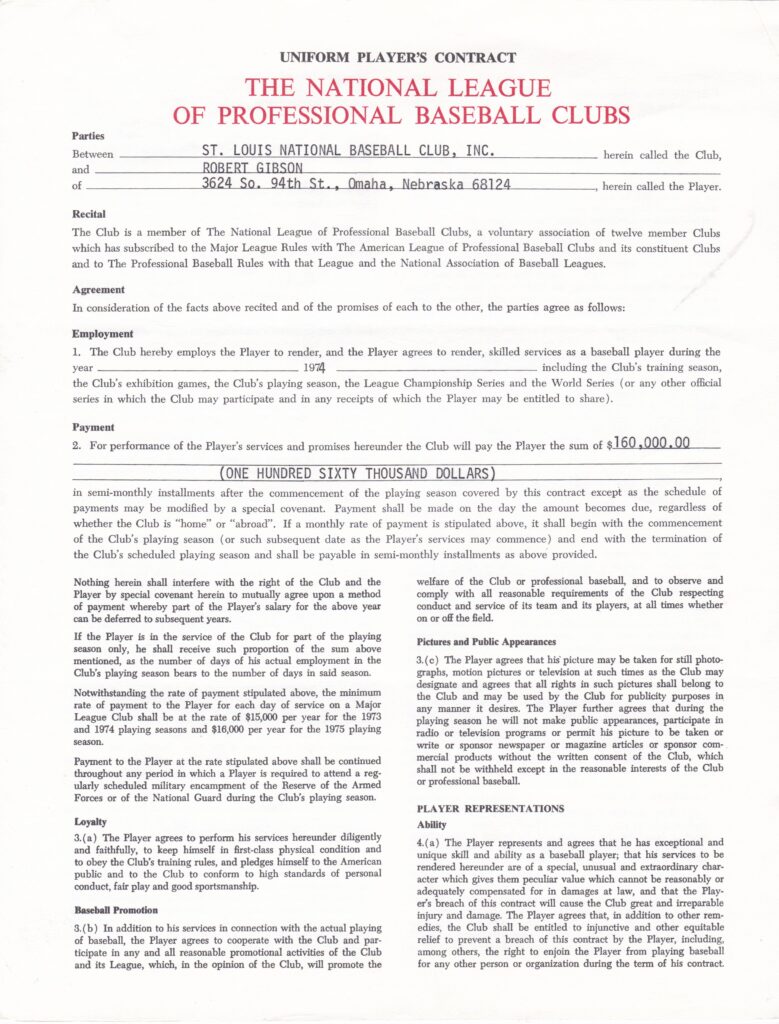
Early in Dusty Baker's career Hank Aaron warned him about Bob Gibson
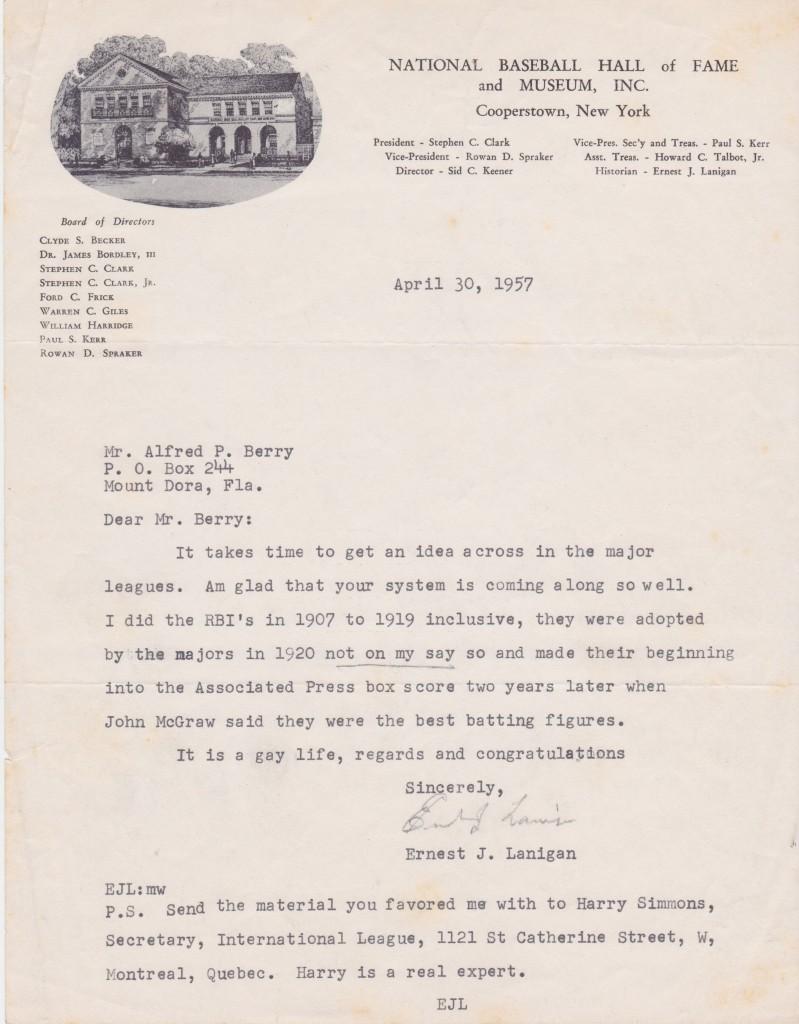
Aaron is MLB's all-time leader in RBI; here's a letter about the stat's origination
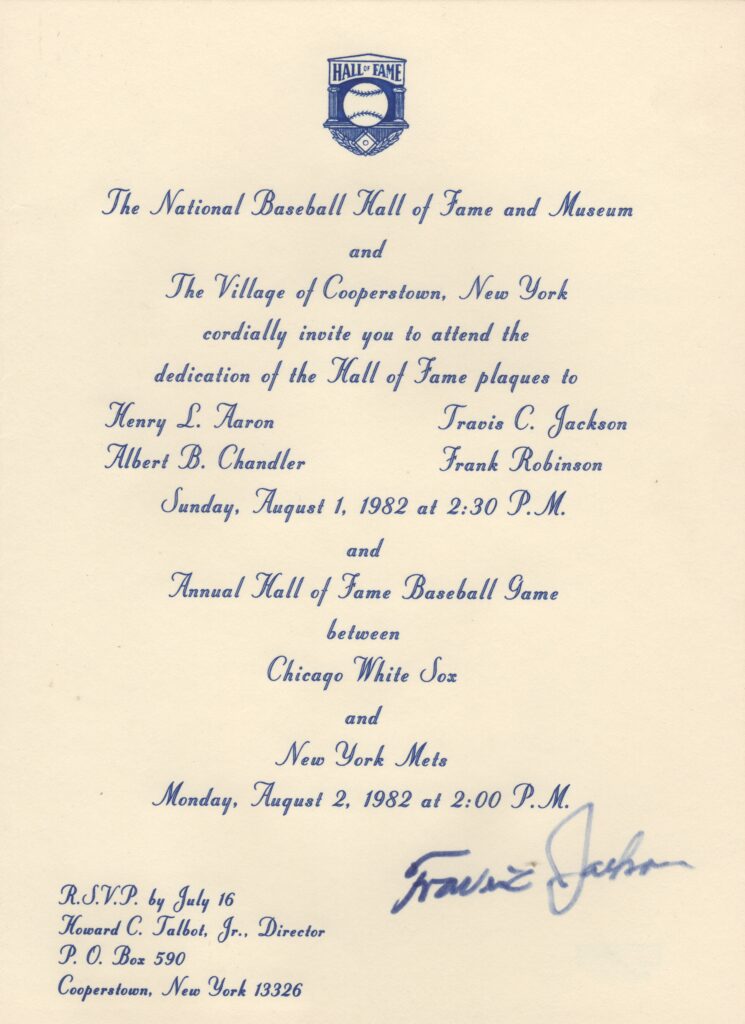
Henry Aaron was inducted into the Baseball Hall of Fame with three others on August 1, 1982
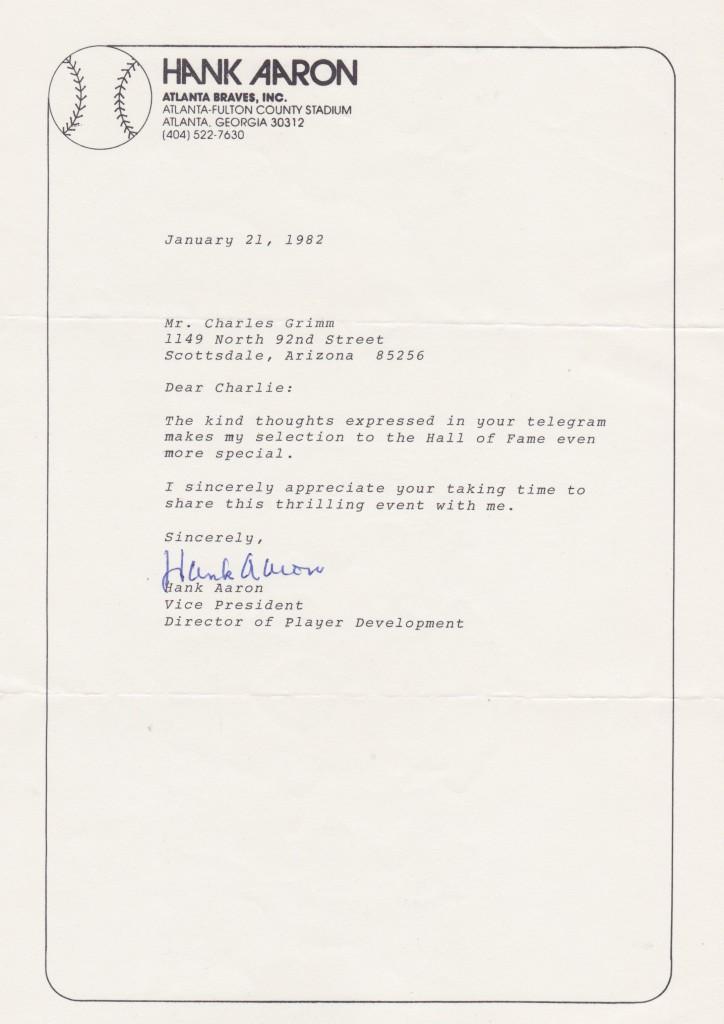
Aaron was congratulated on his Hall selection by his first big league manager
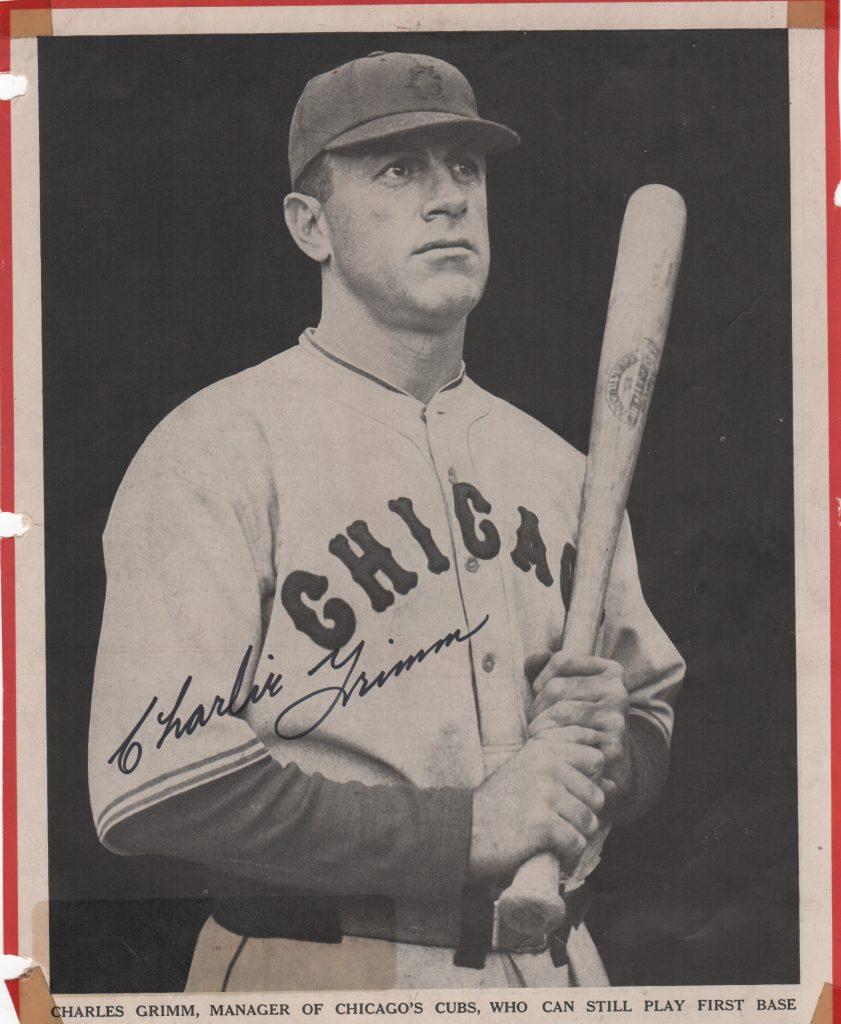

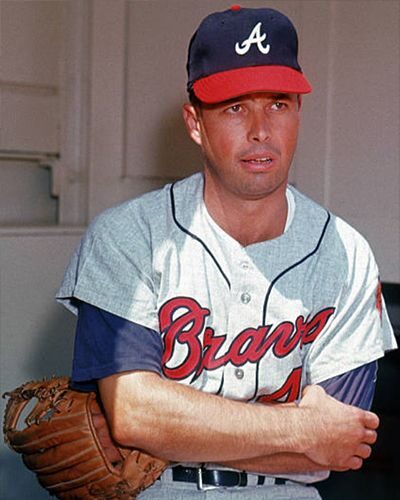
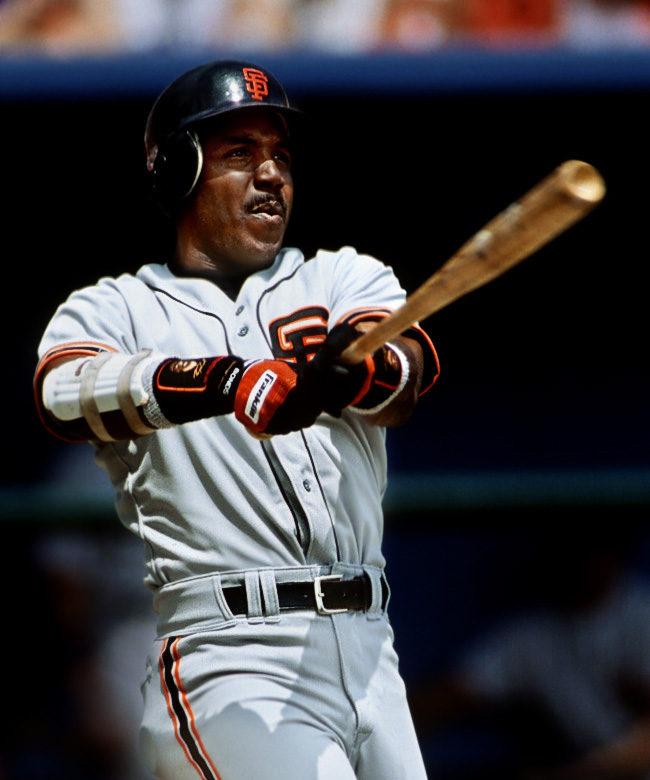
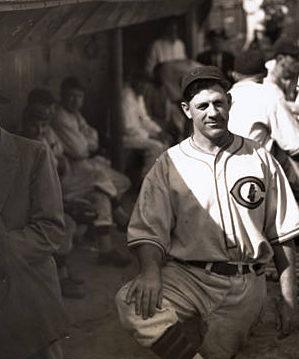
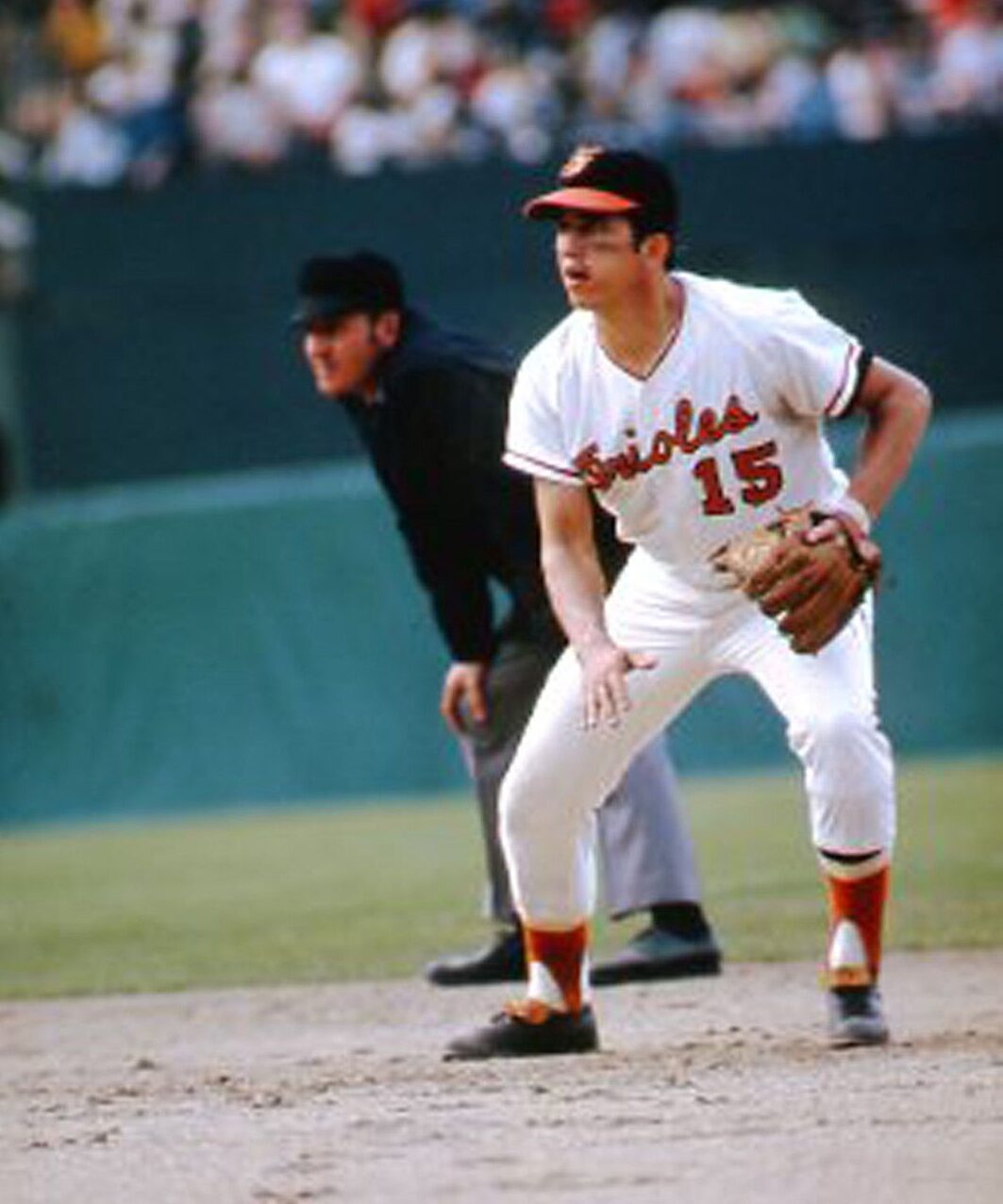
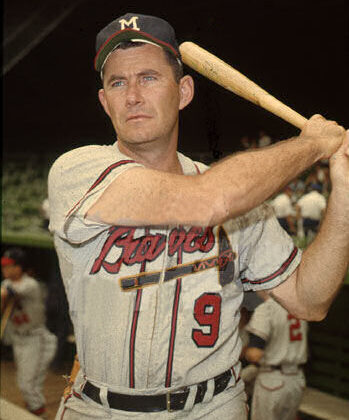
I don’t believe Aaron was underrated so much as he was or is under appreciated. The other HOF player who also comes to mind is Frank Robinson.
Surpassed Mays in virtually every offensive category. Should be called greatest living player when introduced.
He was a great one to be sure!
He was a consistent top performer and stayed injury free as well. Go Braves.
I read that Sandy Koufax, when asked about the best way to pitch to Hank Aaron, replied, “With nobody on base.”